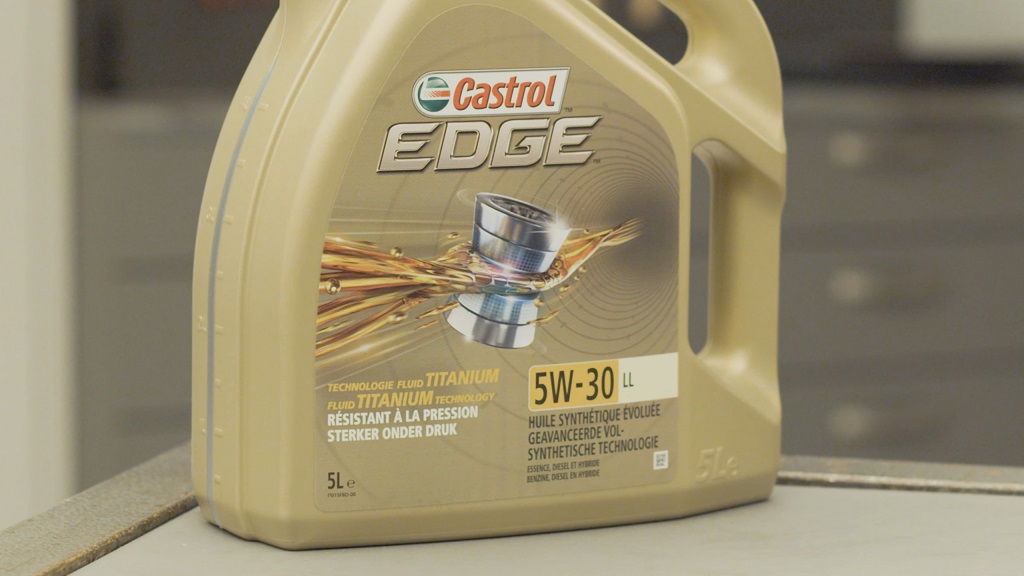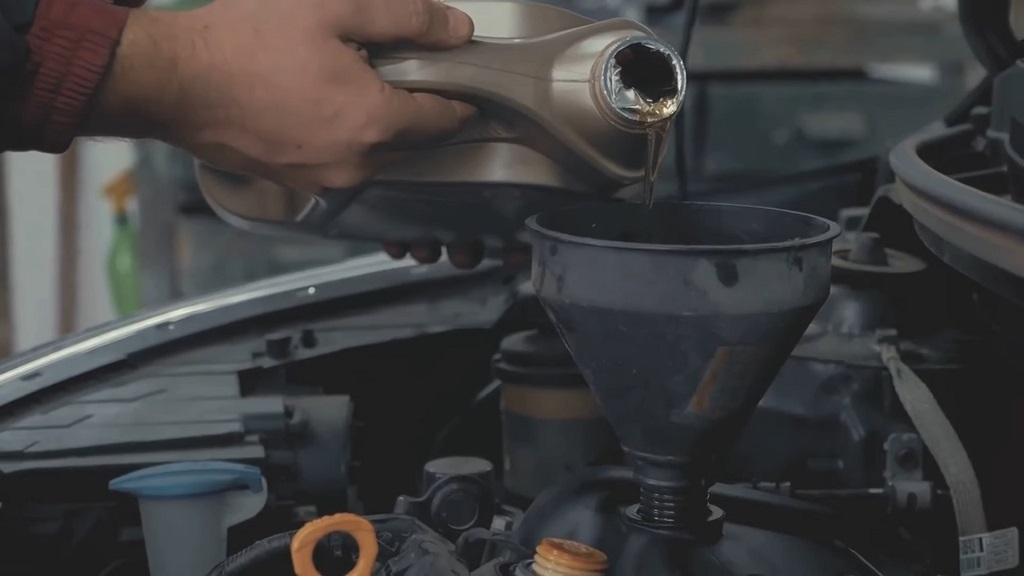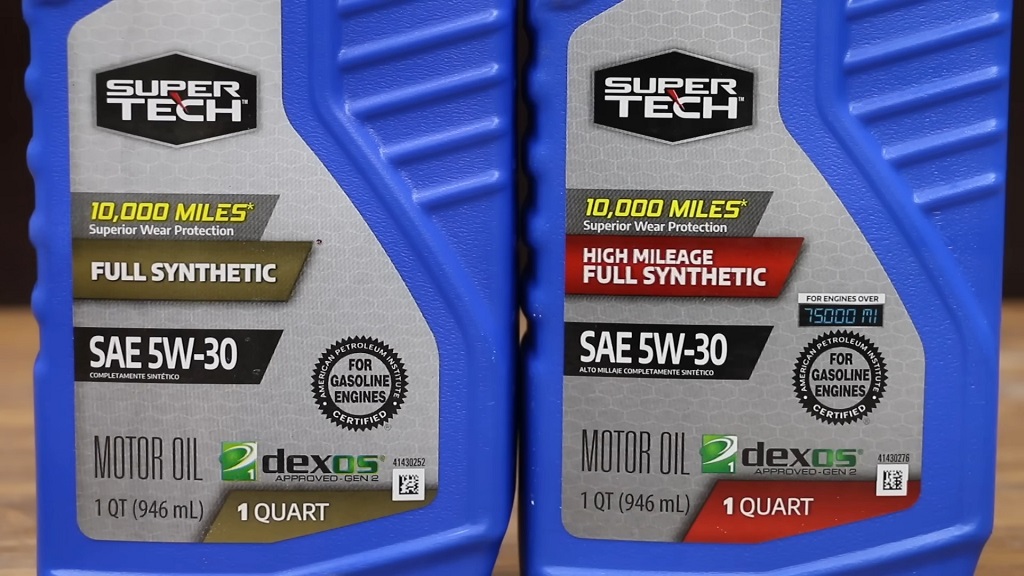If your odometer has long since cracked six figures, picking the right motor oil starts to feel personal. At that point, you’re asking whether your thirsty, older engine deserves something a bit thicker, something that’ll hang in there under pressure.
In this comparison between 5W30 and 5W40, the question isn’t which is better in the abstract, but what suits your high-mileage beast, your climate, and the fine print in your owner’s manual.
Short answer: stick with 5W30 if that’s what the manual demands, especially if your car has a particulate filter or sensitive OEM approval.
Go for 5W40 only if the manufacturer gives you permission, and your engine needs help with heat, noise, or oil thievery.
The manual may well override your gut. But let me break it down for you in detail.
Key Points
- 5W30 suits most high-mileage engines if the manual and OEM approvals require it.
- 5W40 helps in hot weather, towing, or when oil pressure and consumption are issues.
- High-mileage oils (in either grade) add seal conditioners and detergents to reduce leaks and deposits.
- Always check OEM specs, approvals, and your driving conditions before switching grades.
SAE J300 and Temperature Ratings

Both 5W30 and 5W40 share the same “5W” rating, so cold starts feel identical. The “W” stands for winter, and both grades have to pump and crank up to standard at -30 °C and colder, so no drama when dawn’s freezing your driveway.
Once the engine’s warm, that “30” versus “40” kicks in. At 100 °C, a grade 30 oil clocks between 9.3 and under 12.5 mm²/s, while grade 40 runs between 12.5 and under 16.3 mm²/s.
That means 5W40 stays noticeably thicker when hot. One more stat for those who like numbers: high-temperature high-shear (HTHS) viscosity typically sits at around ≥ 2.9 mPa·s for 5W30 oils, and at ≥ 3.5 mPa·s for 5W40.
Higher HTHS equals a stronger film protecting your bearings and lobes when things get intense.
Aging Engines Behave Differently
Hit enough miles and small things start to add up. Bores loosen, valve train clearance grows, and oil pressure can take a hit. A hotter-thicker film like 5W40 can help stabilize things, especially under strain.
Seals also harden with time. Many “high-mileage” oils, whether 5W30 or 5W40, include conditioners that gently swell those tired seals, cutting down on seepage and oil consumption.
Not magic, just helpful. Volatility counts, too. Oils that evaporate less mean fewer top-ups and grubbier deposits. In the lab, that’s measured by the Noack test. Lower Noack volatility is a big plus for worn motors.
Differences You’ll Actually Notice

1. Cold Starts
No difference here. The “5W” rating keeps them on equal footing. Unless you live somewhere that laughs at “below freezing,” you’ll warm up both grades just the same.
If anything, a 0W grade only matters if your manual says so, or if your climate really demands it.
2. Hot Protection and Load
Hot ambient conditions, heavy hauling, or steep grades; this is the arena where 5W40 flexes.
It stays thicker, keeps oil pressure steadier at idle, tones down tappet rattle, and resists film collapse when the engine’s sung a lot of miles.
3. Fuel Economy
Many 5W30 oils get ILSAC GF-6A or API SP Resource Conserving certification. That translates into documented fuel-economy advantages. 5W40 doesn’t play that game, so expect a little drop at the pump. Not a deal-breaker, but noticeable over time.
4. Turbo, LSPI, and Timing Chains
Modern turbo direct-injection engines demand API SP and ILSAC GF-6 to manage low-speed pre-ignition and timing chain stretch.
Many 5W30 oils meet those specs. Some 5W40 oils, especially European types, focus on ACEA or OEM approvals instead. That might leave gaps in LSPI or chain protection.
5. Filters and OEM Approvals
If your machine uses a DPF (Diesel Particulate Filter) or GPF (Gasoline Particulate Filter), you’ll need low-SAPs oils that tick the right boxes for emissions gear.
In Europe, that often means ACEA C2 or C3 grades. ACEA C3, for instance, calls for HTHS ≥ 3.5 and low-SAPs. VW’s 504 00/507 00 spec, common on many modern gas and diesel engines, often aligns with low-SAPs 5W30 oils.
Dropping in a generic 5W40 that lacks that approval? Not recommended.
Sample Oil Figures
| Oil Product | Grade | KV100 (at 100 °C) | HTHS (at 150 °C) | Notes |
| Mobil 1 ESP | 5W-30 | 11.9 | 3.5 | Low-SAP, meets Euro regs and filters |
| Mobil 1 FS | 5W-40 | 13.2 | 3.7 | Thicker when hot, stronger film under pressure |
That spread in numbers captures what “hot-thicker” really means when you look under the microscope.
What “High-Mileage” Label Actually Does

“High-Mileage” isn’t a viscosity; it’s a formula. Whether in 5W30 or 5W40, that label means:
- Seal conditioners to cut minor seepage
- Detergents for older rings and carbon build-up
- Often, a slight bump in viscosity to control consumption
If your engine still feels tight, a standard spec oil in the right grade might do. If you see a little seepage or top-off between services, high-mileage in the same grade is a fine first step.
Scenario-Based Guide
Hot idle rattle or summer oil sipping?
If the manual allows both grades, 5W40 makes sense. Test one oil change interval to see if pressure or consumption improves.
Your car has a DPF/GPF or your ECU reacts to ash levels?
Match ACEA or OEM codes above all. Likely a low-SAPs 5W30 is what it expects. Example: VW 504 00/507 00.
Turbo GDI with LSPI or timing chain concerns?
Pick API SP + ILSAC GF-6-licensed 5W30 oils. That’s what those tests are built to protect.
You want maximum fuel economy?
Go resource conserving 5W30. Slight edge over the pump. Every little bit helps, right?
Winters get brutal where you live?
Cold-start is the same regardless of “30” or “40.” Still, if the manual says 0W, you’d best follow it.
Quick Comparison Table
| Situation | Best Choice | Why |
| Aftertreatment compatibility needed | 5W30 with matching OEM/ACEA codes | Protects DPF/GPF and emissions components |
| Hot weather or towing | 5W40 (if allowed) | Stronger hot-wet film, better pressure, quieter valve train |
| Fuel economy importance | Resource conserving 5W30 | Official efficiency gains tested |
| Turbo GDI, LSPI, timing-chain wear | API SP / ILSAC GF-6 5W30 | Certifications cover those wear modes |
| Minor seepage or consumption | High-mileage same-grade | Seal conditioners and slightly higher thickness help |
| Severe cold climates | Follow manual (possibly 0W) | “5W” performs equally, but manual might ask for more cold flow |
How to Choose with Confidence
- Grab your owner’s manual. Write down viscosity, OEM approvals, ACEA, API/ILSAC specs.
- Check oil product data sheets. Look at KV100, HTHS, Noack volatility. Reputable brands disclose them.
- Think about how you drive and where. Hot summers, long grades, towing = lean toward thicker within manual’s limit. Cold, short trips = stick to lighter spec.
- If engine leaks or sips oil, try high-mileage version first. Still sipping? If manual lists 5W40 too, give that a go.
- Track it. After any switch, check oil level every ~1,000 km (≈600 mi) over two intervals. Your numbers matter more than general advice.
FAQs
Summary
When your engine’s seen real miles, don’t get wild with wild guesses. Let your owner’s manual be the first stop. After that, weigh hot weather, oil pressure, oil consumption, and approvals.
If high ambient temperatures or sustained load is a factor, and 5W40 is allowed, try it and watch the dipstick. If aftertreatment systems or fuel economy matter, stick with a properly approved 5W30.
Be mindful, check levels, make choices backed by numbers. That’s how you treat a seasoned engine with respect, and keep it running smart, for a long time.
